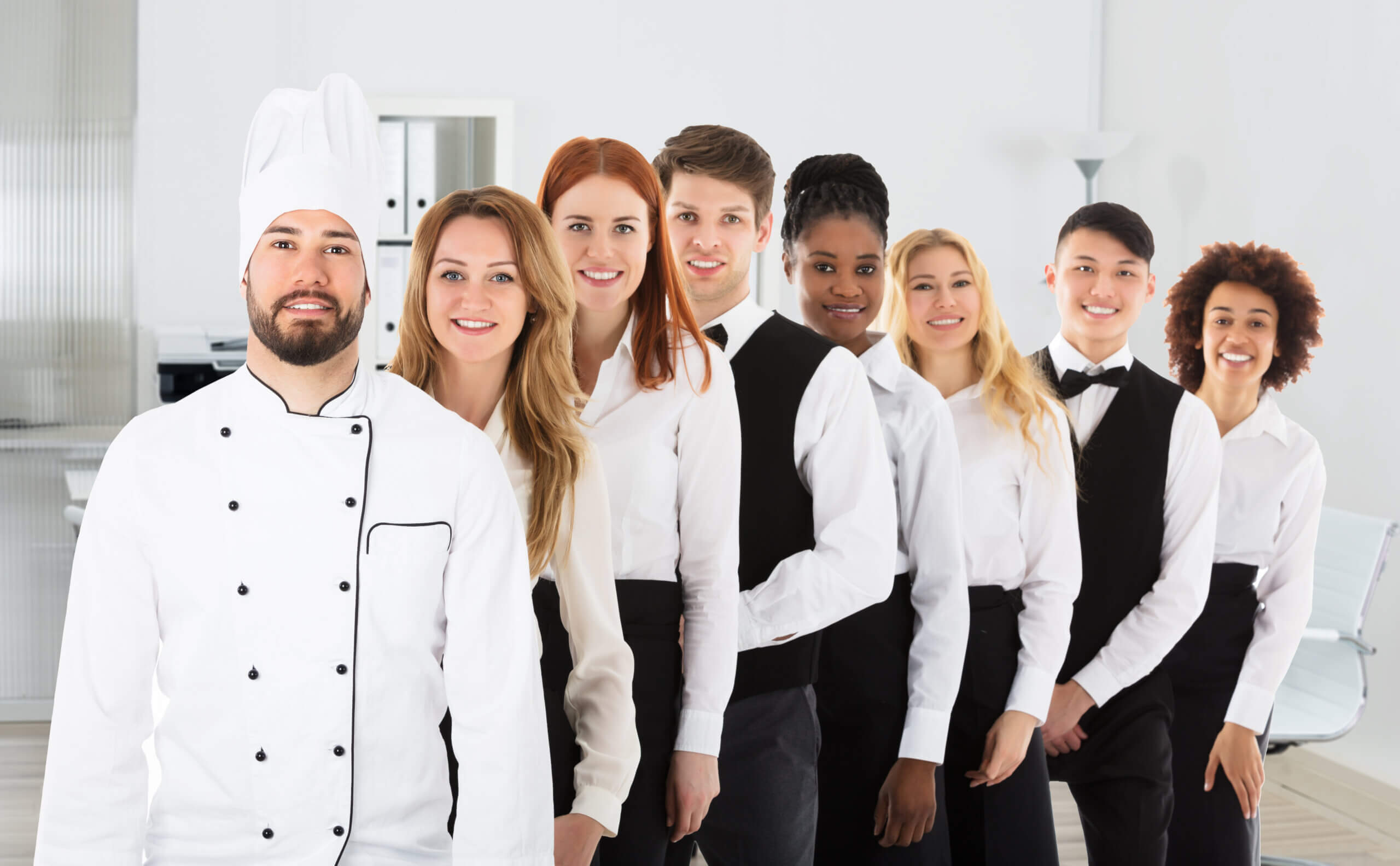Is Traveler Confidence Increasing and is Your Hotel’s P&L ready?
Everyday in the hospitality industry, we learn about increase projections in 2021 and beyond for air travel, and hotel occupancy in both the leisure and business travel markets. Even though experts publish various data regarding consumers intent to travel in 2021, everyone does agree that our business will see significant increase in airline, travel and hotel bookings.
Hotels, management companies and owners are gearing up to be ready to bring guests back and are developing innovative ways to ensure they feel safe in their hotels and provide a much needed pampered experience.
In an effort to increase occupancy, the operations teams are also gearing up to get their overall P&L costs aligned for success. iDEAL Hospitality Procurement Group provides an independent review of hotel products purchasing and supply chain efficiencies. Hotels know, by aligning with the right Group Purchasing Organization, it gives them the alignment they need with key suppliers and distributors that are focused on the hotel business, just like they are.
Where is the hotel industry headed in 2021? Before we can project the future, let’s recap the effect of the global pandemic on our industry. These stats were recently published by Hospitality Net and MultiBriefs:
Hotels
The American Hotel and Lodging Association (AHLA) estimated that COVID-19’s impact on the travel industry in 2020 was about nine times of that from 9/11. Hotel room revenue was cut in half, from $167 billion to $85 billion. Hotels were running at about 44% occupancy in 2020, down from 66% in 2019, although extended-stay hotels and the home-sharing sector seemed to be more resilient during this pandemic.
STR, a leading provider for data benchmarking, analytics, and marketplace insights for the lodging industry, reported a decline of 84.6% in U.S. hotels’ gross operating profit per available room (GOPPAR). In 2019, U.S. hotels were running at $245.10 in total revenue per available room and $94.72 in GOPPAR. Such numbers went off the clip to $88.90 and $14.62 in 2020, respectively.
Restaurants
The restaurant industry ended in 2020 with about $659 billion in total sales, $240 billion below what the National Restaurant Association estimated for the year before the pandemic. Fast-food or quick-service restaurants, as well as restaurants shifting to curbside pickup and delivery services, seemed to do fine.
According to Travel Pulse travelers are hopeful.
Some key findings from a survey of over 5,800 travelers, it appears that close to 70% of the participants want to travel in 2021. Many of them also carried over some of their vacation days from 2020 into 2021.
- 61% feel hopeful about travel in 2021, of whom 83% will take two or more domestic trips and 44% plan for two or more international getaways.
- 7% are excited about travel.
- Europe remains the most sought-after international destination among the Americans (68% of participants), followed by Asia (30%), the Caribbean (28%), and Mexico (25%).
- Within the U.S., the West/Pacific Northwest is the hottest region (52%), followed by the Mountains of Idaho, Montana, Wyoming, and Colorado (40%), Southwest (37%), Hawaii (31%), and Northeast (31%).
- 52% of participants plan to participate in outdoor activities.
- 68% want to avoid crowds.
- 26% of respondents carried over 11 or more vacation days from 2020 to 2021; 15% carried over between six and 10 days.
- 30% of respondents have 21-30 vacation days.
- 31% of respondents have 31 or more days.
- While many are making plans for trips, only 15% of respondents purchased tickets for domestic travel, and fewer than 10% have purchased flights for international trips.Deloitte: Traveler Confidence Improves as Vaccines Roll Out
According to Deloitte, in a recent Hotel Business article, traveler confidence is on the rise.
As a global health crisis morphed into an economic one, Deloitte has been conducting a series of weekly surveys, around the U.S. to better understand the interplay between personal safety and economic vulnerability as a driver of purchase decisions and consumer behavior. The most recent iteration (fielded Jan. 22-27) of “Deloitte’s Global State of the Consumer Tracker,” queried at least 1,000 American consumers. As nearly 30 million vaccine doses have been administered in the U.S., the latest responses show improving travel intentions and increasing consumer activity, pointing to a gradual recovery in the travel sector.
Nearly a year after the pandemic onset, which hit the travel industry harder than most, there’s reason to be optimistic. As more consumers are receiving the COVID-19 vaccine across the U.S., the perceived safety of leisure travel is on the rise.
- Of those already vaccinated, 53% are likely to spend more on travel in the next four weeks compared to 30% for the overall population.
- Over the next three months, vaccinated consumers indicate that they are two times more likely to take a domestic flight and 1.7 times more likely to stay in a hotel than the rest.
- These vaccinated consumers are also more likely to engage in activities such as renting a car (63%) and booking a private accommodation (61%).
“After being virtually homebound for the last year, the vaccine rollout is providing consumers with an increased sense of safety, meaning they are ready to get back on the road and in the air,” said Ramya Murali, principal, Deloitte Consulting LLP and U.S. hospitality leader. “Travel intentions across all categories have increased, which should be welcome news for restaurants, hoteliers, airlines and a host of other consumer and hospitality-focused businesses who have been preparing for this shift with increased safety measures to instill confidence for the long term.”
While travel intentions and activity are starting to rise, consumers are still somewhat cautious and leisure travel plans may not fully return to pre-pandemic levels.
- Post-pandemic, 35% of consumers say they will eat out less at restaurants than they did prior to COVID-19.
- Similarly, 37% of consumers say they will fly less often than before the onset of the pandemic, and 36% will have fewer hotel stays.
- Consumers also indicate that post-pandemic they expect to continue to work from home at a level six times higher than pre-pandemic levels (30% vs. 5% in 2019).
- However, near-term things are looking up; booking intentions are improving as we head into spring, with 38% expecting to stay in a hotel over the next three months (the highest percentage since the onset of the pandemic).
- Additionally, nearly one-third (30%) plan on taking a domestic flight in the next quarter, also a pandemic high.
“While this early-spring time period would usually be filled with spring break trips, many upcoming vacations have been canceled, or are in doubt, because of the pandemic,” said Anthony Jackson, principal, Deloitte & Touche LLP and U.S. airlines leader. “However, consumers are beginning to look post-vaccination. With pent-up travel demand, we expect that many consumers look forward to the ability to travel freely, and responsibly, once again.”
Bottom Line
As vaccine rollouts continue and more consumers feel comfortable, vaxcations (vacations after vaccinations) will be on the rise for leisure travelers and business travel will be slower to follow. Consumers are ready to take a break from being in their homes and hotels are focused on smart operations and ways to meet the changing consumer demands for clean, safe hotels and guest experiences. Contact our team of hospitality experts for hospitality purchasing planning at 984-235-5855 or email info@idealhpgroup.com.

